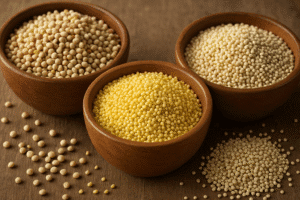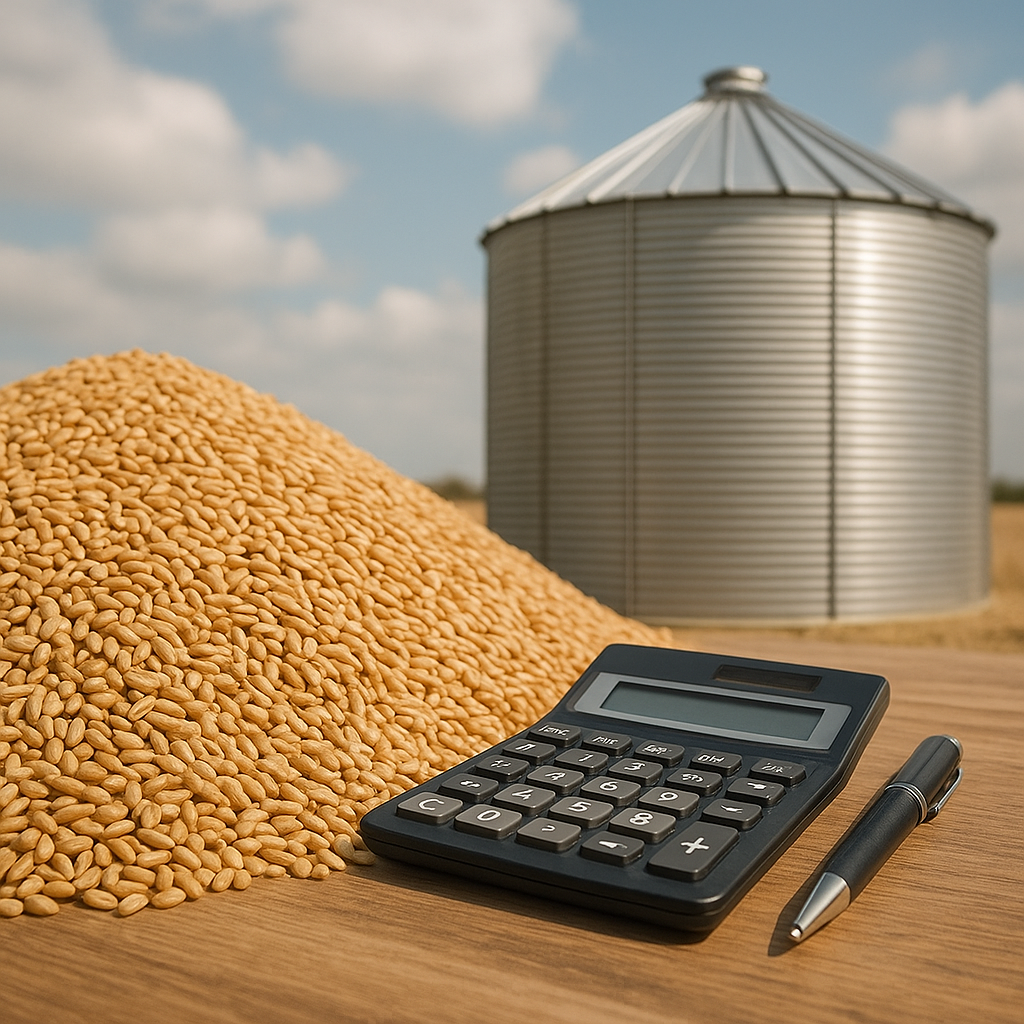Comparing grain consumption patterns across continents reveals significant insights into dietary habits, agricultural practices, and economic factors that influence food security. Grains, as staple foods, play a crucial role in the diets of populations worldwide, serving as primary sources of energy and essential nutrients. This article delves into the various factors that shape grain consumption across different regions, highlighting the similarities and differences that exist between continents.
Understanding Grain Consumption
Grain consumption is influenced by a multitude of factors, including cultural preferences, climate conditions, economic status, and agricultural practices. Grains such as wheat, rice, corn, and barley are integral to the diets of billions of people, and their consumption patterns can vary widely from one continent to another. Understanding these patterns is essential for addressing global food security challenges and promoting sustainable agricultural practices.
Types of Grains and Their Importance
Grains can be categorized into two main types: cereals and pseudocereals. Cereals, which include wheat, rice, corn, and barley, are the most widely consumed grains globally. Pseudocereals, such as quinoa and buckwheat, are also gaining popularity due to their nutritional benefits. Each type of grain has its unique characteristics and uses, influencing consumption patterns across different regions.
- Wheat: Predominantly consumed in Europe and North America, wheat is a staple in bread, pasta, and various baked goods.
- Rice: A primary food source in Asia, rice is integral to many traditional dishes and is often consumed daily.
- Corn: Widely used in the Americas, corn is a versatile grain used for food, animal feed, and industrial products.
- Barley: Commonly used in brewing and animal feed, barley is more prevalent in Europe and parts of Asia.
Regional Consumption Patterns
Examining grain consumption patterns across continents reveals distinct trends shaped by cultural, economic, and environmental factors. Each region has developed unique dietary habits that reflect local agricultural practices and food availability.
North America
In North America, wheat and corn dominate grain consumption. The United States is one of the largest producers of corn, which is primarily used for animal feed and biofuel production. Wheat is also a significant crop, with a strong presence in the baking industry. The consumption of grains in North America is heavily influenced by fast food culture and processed foods, leading to a higher intake of refined grains compared to whole grains.
South America
South America showcases a diverse range of grain consumption patterns. In countries like Brazil and Argentina, corn and wheat are staples, while quinoa, a traditional grain from the Andean region, has gained international recognition for its nutritional value. The rise of health-conscious consumers has led to an increased interest in ancient grains, including quinoa and amaranth, which are now being incorporated into modern diets.
Europe
Europe has a rich history of grain consumption, with wheat being the most widely consumed grain. Countries like Italy and France are known for their pasta and bread, respectively. Whole grain consumption is encouraged in many European nations, reflecting a growing awareness of health and nutrition. Additionally, barley is significant in brewing industries, particularly in countries like Germany and the UK.
Asia
Asia is home to the largest rice-consuming populations in the world, with countries like China and India leading in rice production and consumption. Rice is a staple food that forms the basis of many traditional dishes. In addition to rice, wheat is also consumed in various forms, particularly in northern regions. The diversity of grains consumed in Asia is vast, with millet and sorghum being important in certain areas, especially in rural communities.
Africa
Africa presents a complex picture of grain consumption, with a reliance on staple grains such as maize, sorghum, and millet. In many regions, these grains are used to make traditional dishes like porridge and flatbreads. However, food security remains a significant challenge, with climate change and economic instability affecting grain production and availability. Efforts to promote sustainable agricultural practices are crucial for improving grain consumption and food security across the continent.
Oceania
In Oceania, particularly in Australia and New Zealand, wheat is the primary grain consumed, often in the form of bread and baked goods. The region also produces a variety of grains, including barley and oats. The consumption patterns in Oceania are influenced by Western dietary trends, with a growing emphasis on health and nutrition leading to increased interest in whole grains and alternative grains.
Factors Influencing Grain Consumption
Several factors influence grain consumption patterns across continents, including cultural preferences, economic conditions, and agricultural practices. Understanding these factors is essential for addressing global food security challenges and promoting sustainable agricultural practices.
Cultural Influences
Cultural preferences play a significant role in determining grain consumption patterns. Traditional diets, culinary practices, and regional cuisines shape the types of grains that are favored in different areas. For example, rice is a staple in many Asian cultures, while wheat is more prevalent in Western diets. Additionally, the globalization of food has led to the introduction of new grains into various cuisines, influencing consumption patterns.
Economic Factors
Economic conditions also impact grain consumption. In wealthier nations, there is often a higher demand for processed and convenience foods, which can lead to increased consumption of refined grains. Conversely, in developing countries, staple grains are often the primary source of nutrition, with limited access to a variety of food options. Economic stability and agricultural productivity are crucial for ensuring food security and promoting diverse grain consumption.
Agricultural Practices
Agricultural practices and climate conditions significantly influence grain production and availability. Regions with favorable climates for grain cultivation tend to have higher consumption levels. However, climate change poses a threat to agricultural productivity, impacting grain yields and food security. Sustainable agricultural practices, such as crop rotation and organic farming, are essential for maintaining grain production and ensuring a stable food supply.
Conclusion
Comparing grain consumption patterns across continents highlights the diversity of dietary habits and the factors that influence them. Understanding these patterns is crucial for addressing global food security challenges and promoting sustainable agricultural practices. As the world continues to evolve, so too will grain consumption, shaped by cultural, economic, and environmental factors. By fostering awareness and encouraging sustainable practices, we can work towards a future where all populations have access to nutritious grains and food security is achieved globally.













